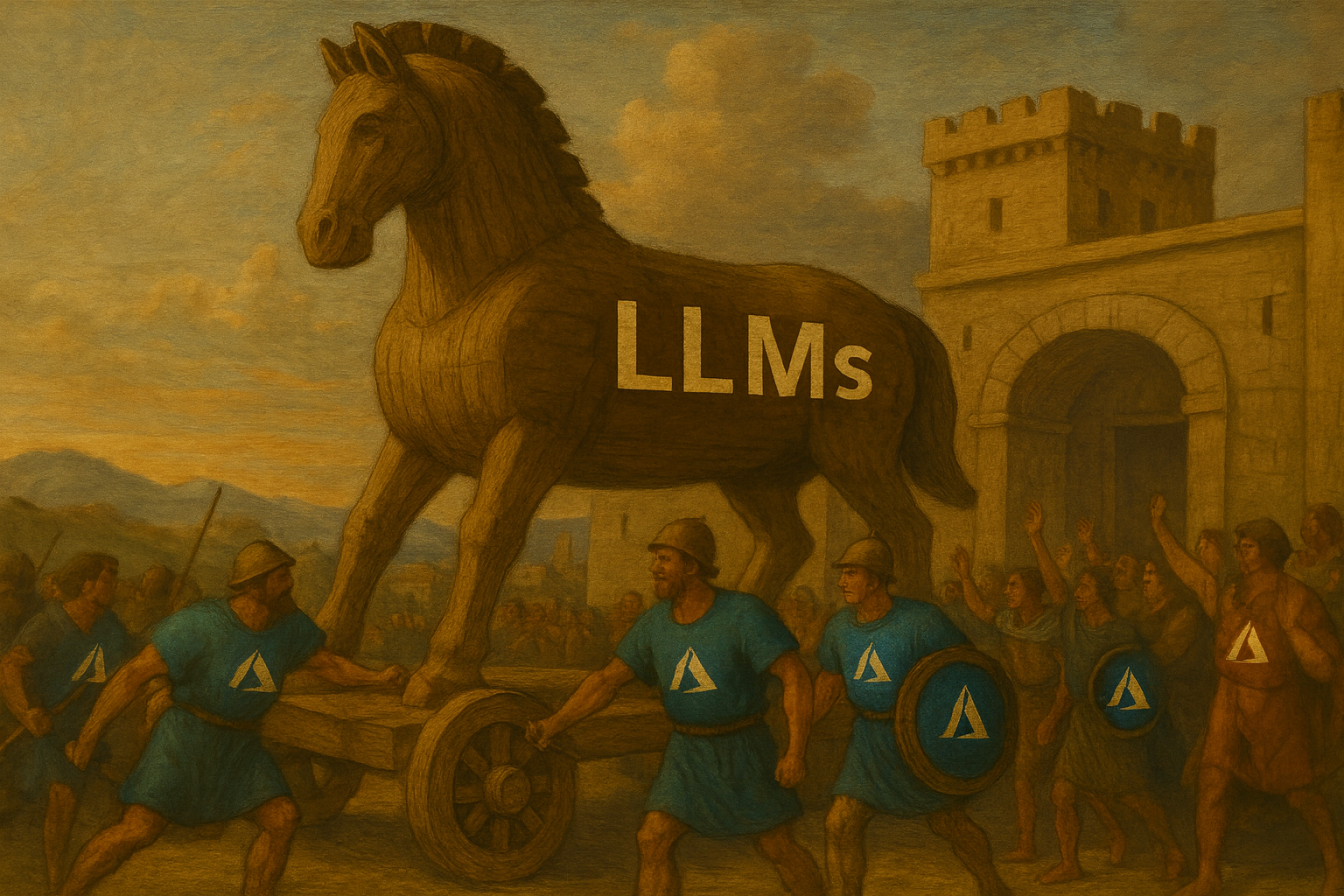Definitions of Supply Chain
My book Introduction to Supply Chain defines supply chain as:
Mastery of optionality under variability in managing the flow of physical goods.
I chose this phrasing—not for lack of awareness of earlier definitions—because it better reflects the mindset a supply chain practitioner should adopt when thinking about his discipline and his own practice.
Below is a compiled list of definitions for the terms “supply chain” and “supply chain management (SCM)”, as proposed by various authors, academic, and industry sources.

Logistics-Focused Definitions
These definitions emphasize the flow of materials, products, and related information, often highlighting efficiency, cost, and the “right product, right time, right place” principles of logistics:
-
La Londe & Masters (1994): “A supply chain is a set of firms that pass materials forward. Normally, several independent firms are involved in manufacturing a product and placing it in the hands of the end user in a supply chain—raw material and component producers, product assemblers, wholesalers, retailer merchants and transportation companies are all members of a supply chain.”
-
Business Dictionary (n.d.): “Supply chain management: Management of material and information flow in a supply chain to provide the highest degree of customer satisfaction at the lowest possible cost. Supply chain management requires the commitment of supply chain partners to work closely to coordinate order generation, order taking, and order fulfillment. They thereby create an extended enterprise spreading far beyond the producer’s location.”
-
Techopedia (2010s): “Supply Chain Management (SCM) is the management and oversight of a product from its origin until it is consumed. SCM involves the flow of materials, finances, and information. This includes product design, planning, execution, monitoring, and control. The goal of this process is to reduce inventory, increase transaction speed, and improve work flow with profit in mind.”
-
Management Study Guide (n.d.): “SCM is the management of a network of all business processes and activities involving procurement of raw materials, manufacturing, and distribution management of finished goods. SCM is also called the art of management of providing the Right Product, at the Right Time, Right Place and at the Right Cost to the customer.”
Network-Based Definitions
These definitions characterize the supply chain as a network of organizations (suppliers, manufacturers, distributors, etc.) linked through upstream and downstream relationships in creating and delivering products or services:
-
Christopher (1992): “A supply chain is the network of organizations that are involved, through upstream and downstream linkages, in the different processes and activities that produce value in the form of products and services delivered to the ultimate consumer.”
-
Harland (1996): “Supply chain management [is] the management of a network of interconnected businesses involved in the ultimate provision of product and service packages required by end customers. It spans all movement and storage of raw materials, work-in-process inventory, and finished goods from point of origin to point of consumption.”
-
Lambert, Stock & Ellram (1998): A supply chain is “the alignment of firms that brings products or services to market."
-
Blackstone APICS (2013): A supply chain is “the global network used to deliver products and services from raw materials to end customers through an engineered flow of information, physical goods, and cash.”
-
Mentzer et al. (2001): further formalize that a supply chain consists of “a set of three or more entities (organizations or individuals) directly involved in the upstream and downstream flows of products, services, finances, and/or information from a source to a customer”, reinforcing the concept of multi-entity networks.
Value-Driven Definitions
These definitions highlight objectives of value creation, competitive advantage, and customer satisfaction as central to supply chain management:
-
Christopher (1998): Supply chain management is “the management of upstream and downstream relationships with suppliers and customers to deliver superior customer value at less cost to the supply chain as a whole.”
-
APICS Dictionary (ca. 2013): SCM is “the design, planning, execution, control, and monitoring of supply chain activities with the objective of creating net value, building a competitive infrastructure, leveraging worldwide logistics, synchronizing supply with demand, and measuring performance globally.”
-
SCMA (Supply Chain Management Association, ca. 2014): SCM is “the process of strategically managing flows of goods, services, finance and knowledge, along with relationships within and among organizations, to realize greater economic value through: supporting enterprise strategic objectives, contributing to the achievement of strategic competitiveness of the enterprise, contributing to the enhancement of the competitive advantage of the enterprise, and enhancing customer satisfaction.”
-
Investopedia (2025): “Supply chain management is the management of the flow of goods and services and includes all processes that transform raw materials into final products. It involves the active streamlining of a business’s supply-side activities to maximize customer value and gain a competitive advantage in the marketplace.”
Process-Oriented Definitions
These definitions view SCM as an integrative process across business functions and companies—coordinating processes from end supplier to end customer:
-
Global Supply Chain Forum (Lambert et al., 1998): “Supply chain management is the integration of key business processes from end user through original suppliers, that provides products, services, and information that add value for customers and other stakeholders.”
-
Mentzer et al. (2001): “For the purposes of this paper, supply chain management is defined as the systemic, strategic coordination of the traditional business functions and the tactics across these business functions within a particular company and across businesses within the supply chain, for the purposes of improving the long-term performance of the individual companies and the supply chain as a whole.”
-
CSCMP (Council of SCM Professionals, 2013): “Supply chain management encompasses the planning and management of all activities involved in sourcing and procurement, conversion, and all logistics management activities. Importantly, it also includes coordination and collaboration with channel partners […] In essence, supply chain management integrates supply and demand management within and across companies.”
-
IBM (2023): “Supply chain management involves coordinating and managing all the activities involved in sourcing, procurement, conversion, and logistics. It includes everything from product development and strategic decision-making to information systems and new technologies.”
Why this matters
Each of the definitions cited offers a different lens on supply chain or supply chain management—from a focus on logistics and cost efficiency, to viewing the supply chain as a network of organizations, to stressing value creation and strategic advantage, and finally to emphasizing the integration of processes across the extended enterprise.
In my view, all those definitions miss the central point: supply chain is an applied branch of economics. At its core, it concerns the allocation of scarce resources among alternative uses. Overlooking this is to miss the forest for the trees. Hence, a new definition was in order.


